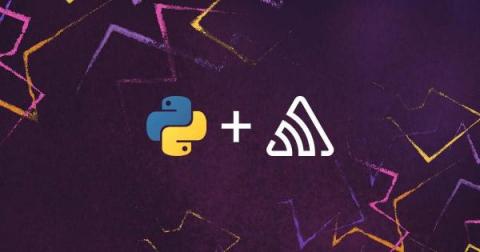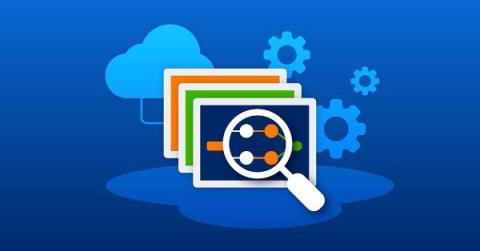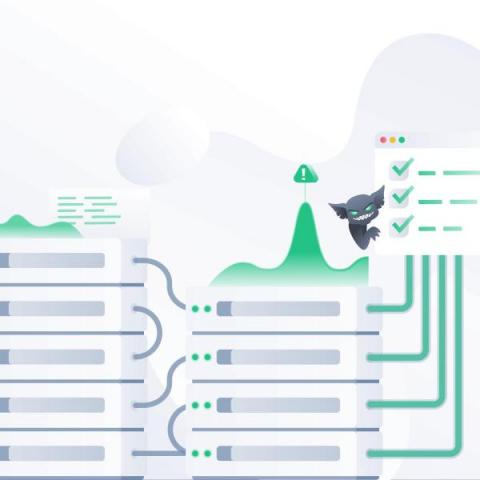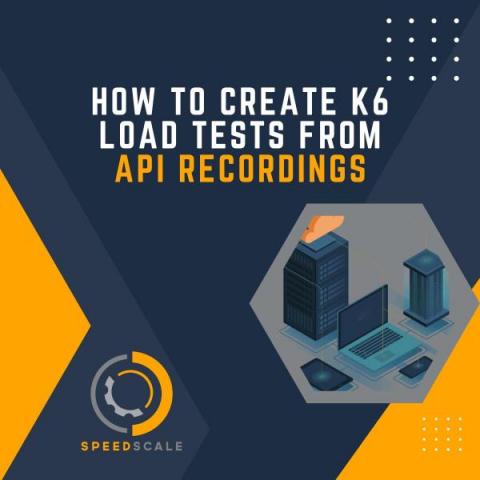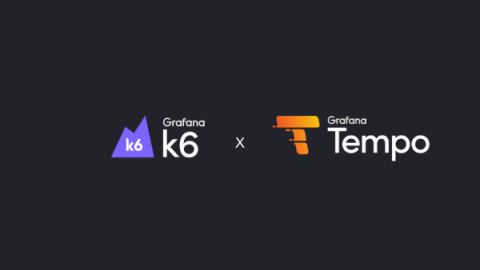Operations | Monitoring | ITSM | DevOps | Cloud
Testing
The latest News and Information on Software Testing and related technologies.
Five Playwright Tips to Level Up Your Testing Game
I joined Checkly a few months ago, and because our platform enables you to use Microsoft’s Playwright to run your synthetic monitoring, I started getting my hands dirty with the end-to-end testing framework. I’m a massive fan of learning in public, so I started publishing weekly Playwright tips on YouTube. Did you miss a few videos? Don’t sweat it! Here’s the first collection of Playwright tricks I discovered over the last few months.
How we run our Python tests in hundreds of environments really fast
Not in a reading mood? You also can watch the talk I gave at DjangoCon 2022. One of Sentries core company values is “for every developer”. We want to support every developer out there with our tools. But not every developer uses the newest or widely adopted tech stack, so we also try to support older versions of libraries and frameworks.
Everything You Need to Know About Synthetic Testing
Part two of a three-part guide to assuring performance and availability of critical cloud services across public and hybrid clouds and the internet Monitoring your user traffic is critical for knowing the quality of the digital experience you are delivering, but what about the performance of new cloud or container deployments, expected new users in a new region, or new web pages or applications that don’t have established traffic? This is where synthetic testing can be invaluable.
Stress test your Kubernetes application with Speedscale's offering in the Datadog Marketplace
Properly testing a service’s APIs to ensure that it can handle production traffic presents many challenges for engineers—SREs need to guarantee the resiliency of their application, while developers must ensure that their features perform well at any given scale. Speedscale is a testing framework built for Kubernetes applications that enables you to load test with real-world production scenarios by replaying actual API traffic that your application has experienced.
Can Shift Left Go Too Far? Why Testing in DevOps May Never Be the Same
How reliability testing and load testing are complementary
How can you tell if your systems are reliable when under load? A common answer is to open your observability dashboards, wait for a high-traffic event (like Black Friday), and cross your fingers. While this approach is certainly effective, it's far from ideal. Without proactive reliability and load testing, we have no idea if a system will hold up to real-world usage patterns, which could mean a production outage at the worst possible time.
How to Create K6 Load Tests from API Recordings
How to Test Autoscaling in Kubernetes
In an ideal world, you want to have precisely the capacity to manage the requests of your users, from peak periods to off-peak hours. If you need three servers to attend to all the requests at peak periods and just one server at off-peak hours, running three servers all the time is going to drive up expenses, and running just one server all the time is going to mean that during peak periods, your systems will be overwhelmed and some clients will be denied service.
How to correlate performance testing and distributed tracing to proactively improve reliability
At ObservabilityCON, we announced our first step towards launching a native integration between Grafana k6 load testing and Grafana Tempo tracing (k6 x Tempo) in Grafana Cloud. We created k6 x Tempo to help dev, testing, and operation teams analyze their performance test results more effectively and proactively improve the reliability of their business-critical applications.




